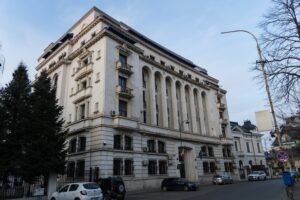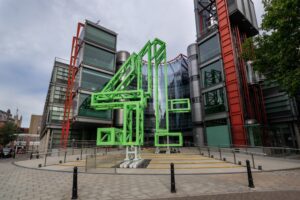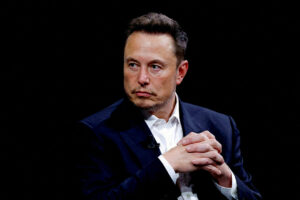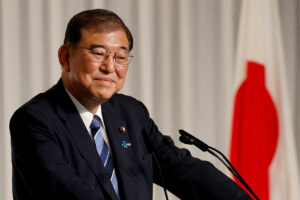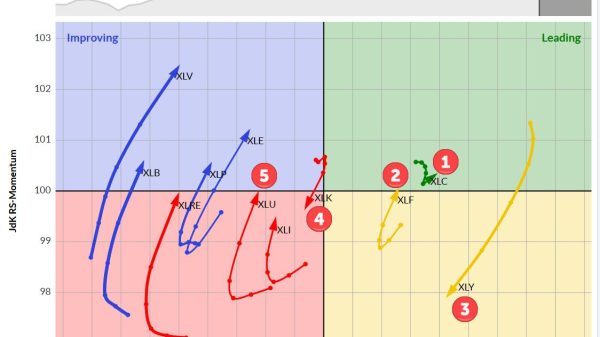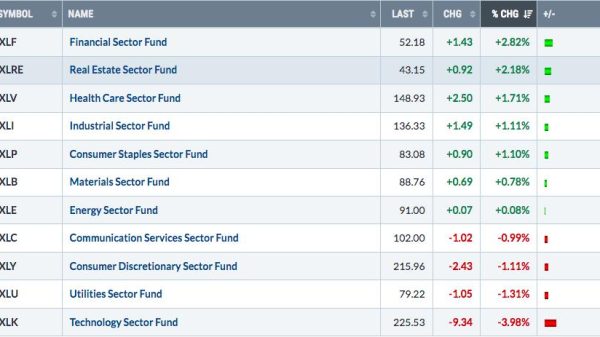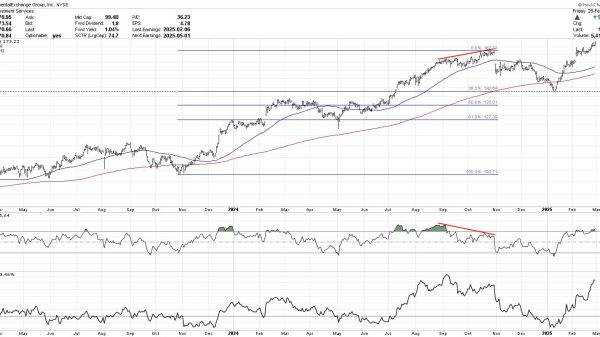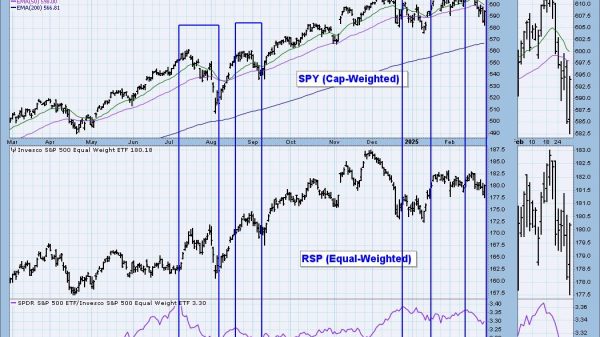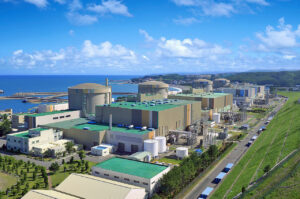GYEONGJU, South Korea — Hwang Bun-hee, 74, lives in a pink house near the sea surrounded by a riotous vegetable garden and sounds of birds — but she gets upset whenever she looks at her house, just a few minutes’ walk from Wolsong nuclear power plant.
“When I first came here in 1986, there was just one reactor. Now there are five,” Ms. Hwang said. “The worst thing is I can’t sell my property when I want to move.”
South Korean President Yoon Suk-yeol, who took office in May, is pushing for nuclear power to overtake coal as the main source of electricity to help meet the country’s climate targets and strengthen energy security. The government wants to increase nuclear energy’s share of the nation’s power mix to 33% by 2030 from 27% currently.
Seoul has also highlighted Europe’s energy crisis following Russia’s invasion of Ukraine, which Moscow calls a “special military operation,” as a wake-up call to bolster domestic sources of power.
The government is proposing an additional six nuclear plants by 2036 on top of the current 24 reactors in a country the size of the US state of Indiana, raising deep concerns among hundreds of Korean residents living in the most densely built area in the world for nuclear power.
The 24 reactors, capable of generating 23,250 megawatts, are concentrated in four locations — 5–7 reactors per one location — with some 5 million people living within 30 kilometers (18.6 miles) of the plants, according to 2019 data compiled by opposition lawmaker Wi Seong-gon.
Nuclear experts say South Korea’s clustered reactors don’t pose safety concerns, but some residents are unconvinced.
“The cows are a bit bad. There have been miscarriages, who knows why,” said Kim Jin-sun, a 75-year-old livestock owner living near Wolsong.
“Even if I try to sell my house or rice field and go somewhere else, no one will buy.”
SCARCE NATURAL RESOURCES
While many South Koreans support expanding nuclear power, a significant minority are urging a reduction.
A June 28–30 survey of 1,000 South Koreans by Gallup Korea showed 39% supported expansion of nuclear energy, 30% wanted current levels to be maintained, while 18% called for scaling it back.
South Korea ranks fifth in the world for nuclear generation, according to the World Economic Forum data for 2020, behind the US, China, France and Russia.
Since it has scarce natural resources, experts say nuclear energy is crucial to keep the country’s lights on and power its global-leading manufacturing industry, which exports chips, cars, display panels and electric vehicle batteries.
“South Korea produces what other countries need — so there’s a lot of energy consumption relative to the population. But we can’t reduce our electricity usage — if we reduce it, we become poor,” said Chung Bum-jin, professor of nuclear engineering at Kyung Hee University.
Mr. Chung said nuclear power is less affected by energy price fluctuations, as uranium price accounts for less than 10% of the total power generation cost, and years’ worth of nuclear fuel can be stockpiled, unlike bulkier oil, gas or coal.
LIKE BANANAS
Ms. Hwang, who claims her diagnosed thyroid cancer is due to radioactive materials from the plant, has been actively trying for the past decade to get a law made to fund relocation for nearby residents. For several years now, Ms. Hwang and many concerned residents living near the reactors have held protests outside the plants and met with lawmakers.
“Although trace amounts of material may be detected in the body or environment of nearby residents due to nuclear power plant operation, the claim that the amount of radioactive material detected affects health is not valid,” said operator Korea Hydro & Nuclear Power.
It said the maximum amount of tritium detected in Wolsong residents’ urine samples between 2018–2020 was 0.00034 millisievert, well below the limit for the general public, and the annual exposure is much lower than natural radiation.
“The amount of detected radiation at Wolsong is equivalent to eating six bananas a year, which has potassium,” said Jeong Yong-hoon, professor of nuclear and quantum engineering at Korea Advanced Institute of Science and Technology (KAIST). — Reuters



